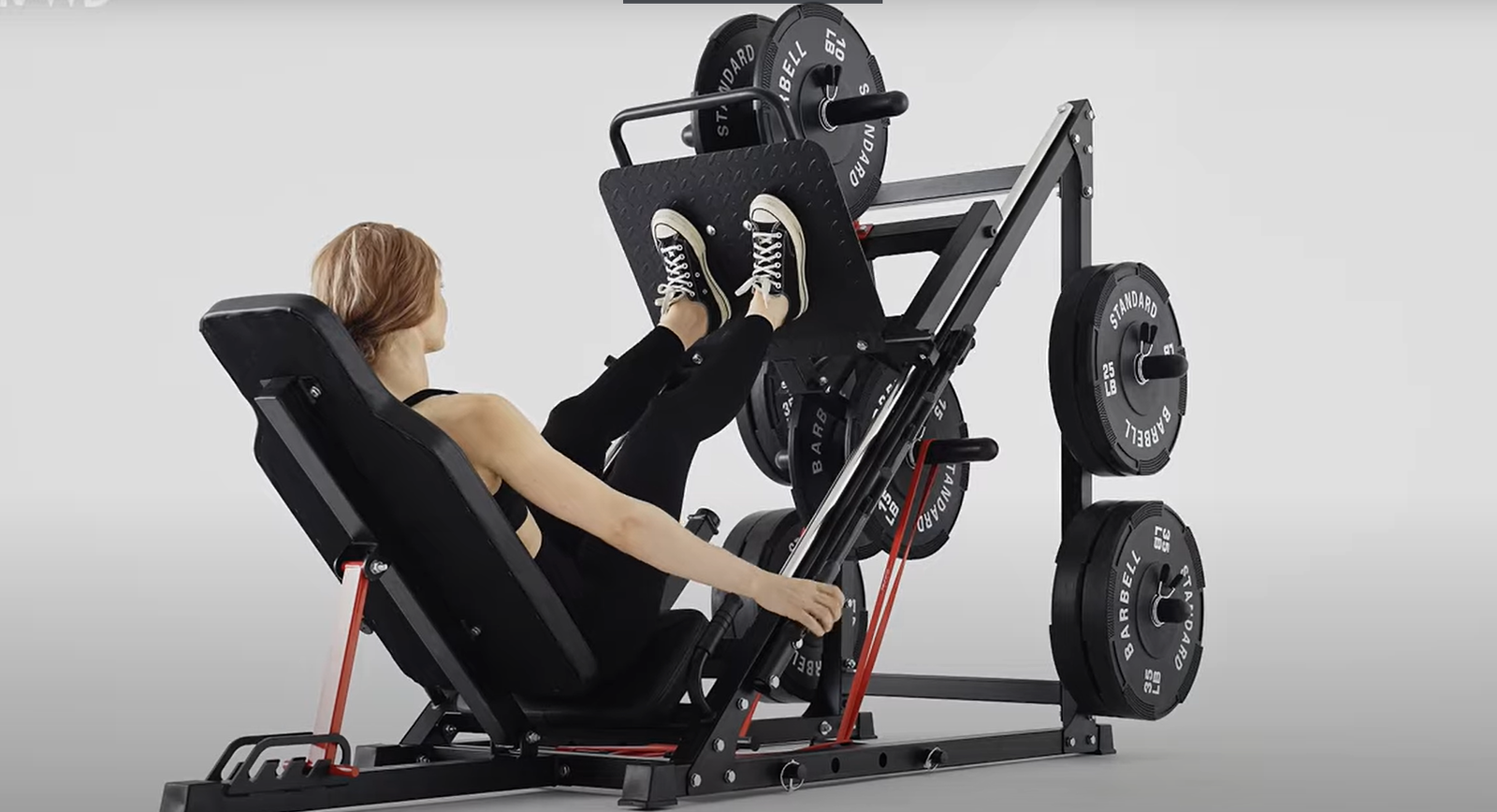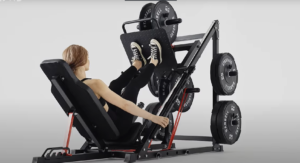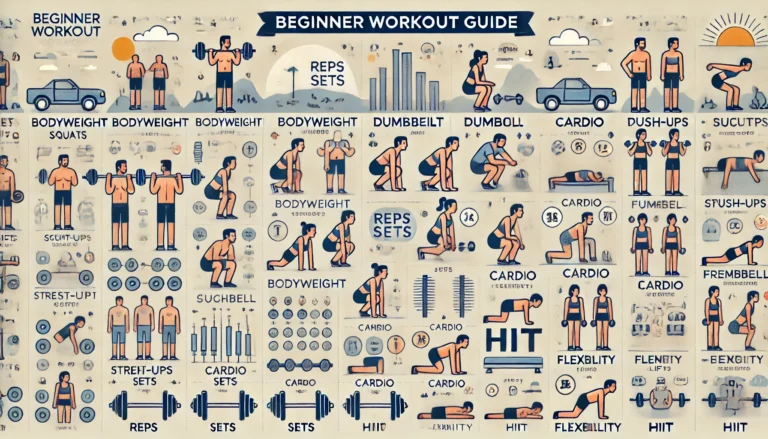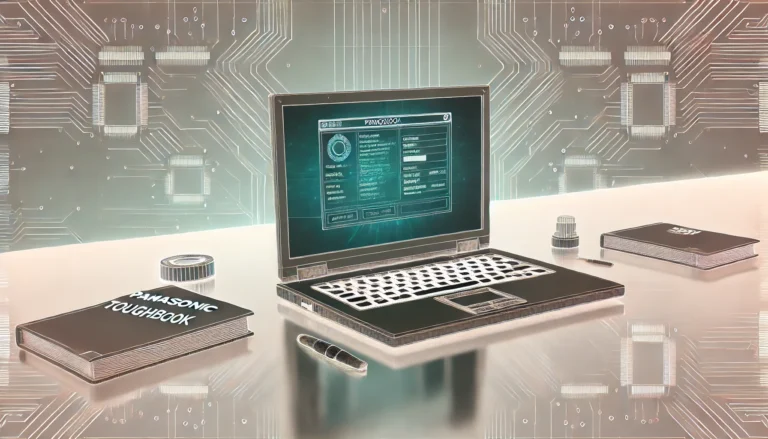
The leg press machine is a staple in gyms worldwide, providing an effective and safe way to strengthen your lower body. Whether you’re a fitness beginner or an experienced athlete, the leg press offers a versatile workout that can target different muscles depending on foot positioning. Go with Gmwd Fitness Equipment. In this article, we’ll dive into the benefits, proper techniques, and tips for getting the most out of your leg press workouts.
What Is a Leg Press Machine?
The leg press machine allows users to push weight away from the body using their legs while seated or lying down. It’s primarily designed to target the quadriceps, but depending on the foot placement, it can also engage the hamstrings, glutes, and calves.
There are two main types of leg press machines:
- Vertical Leg Press – Involves pushing the weight straight up.
- Inclined Leg Press – A more common version where the weight is pushed away at an angle.
Benefits of the Leg Press Machine
1. Strengthens the Lower Body
The leg press effectively works the quadriceps, hamstrings, glutes, and calves, making it one of the best machines for building lower body strength. It also helps with muscular endurance and toning.
2. Reduces Risk of Injury
Unlike squats and lunges, the leg press machine minimizes strain on the lower back and knees when used properly. It’s a great alternative for those with joint issues or recovering from an injury but still want to target their leg muscles.
3. Controlled Movement
The machine allows for a controlled range of motion, helping users focus on form and muscle engagement. It’s ideal for isolating the legs and concentrating on specific muscle groups, unlike free weights, which require balancing.
4. Customizable for All Fitness Levels
With adjustable resistance, the leg press machine is suitable for everyone—from beginners to experienced weightlifters. You can easily increase or decrease the weight according to your fitness level and goals.
How to Use the Leg Press Machine Properly
To reap the benefits of the leg press machine and avoid injury, it’s important to use proper form. Here’s a step-by-step guide:
Step 1: Adjust the Seat
Start by adjusting the seat to ensure your knees form a 90-degree angle when your feet are on the platform. Your lower back should be pressed firmly against the seat.
Step 2: Foot Placement
Place your feet shoulder-width apart on the platform. The higher your feet are positioned, the more you engage the hamstrings and glutes. Lower foot placements put more emphasis on the quadriceps.
Step 3: Push the Weight
Grip the handles on the sides of the seat, brace your core, and slowly push the platform away by extending your legs. Be careful not to lock your knees at the top of the movement.
Step 4: Return to Starting Position
Slowly lower the weight until your knees are just past 90 degrees but not touching your chest. Repeat the motion for your desired number of reps.

Common Mistakes to Avoid
1. Locking Your Knees
Avoid fully locking your knees at the top of the movement, as this can put unnecessary strain on your joints and increase the risk of injury.
2. Lifting Too Much Weight
Don’t overload the machine with more weight than you can handle. Excess weight can cause poor form, leading to injury or muscle strain. Start light and gradually increase as you build strength.
3. Rounding Your Lower Back
Ensure that your back stays pressed against the seat during the entire movement. Rounding your back can lead to lower back pain and reduce the effectiveness of the exercise.
4. Using a Short Range of Motion
To maximize the effectiveness of the leg press, always go through a full range of motion. Don’t stop halfway down; lower the platform until your knees are at a 90-degree angle.
Variations of the Leg Press
By adjusting your foot position on the platform, you can target different muscles:
- High Foot Placement: Emphasizes the glutes and hamstrings.
- Low Foot Placement: Focuses on the quadriceps.
- Wide Stance: Targets the inner thighs and adductors.
- Narrow Stance: Engages the outer thighs and quads.
Leg Press Machine vs. Squats: Which Is Better?
Many people wonder whether the leg press machine can replace traditional squats in a workout routine. While both exercises work the lower body, they have distinct differences:
- Leg Press Machine: Provides a more controlled environment, reducing strain on the lower back and knees. It’s excellent for beginners and those with mobility issues.
- Squats: A compound exercise that not only works the legs but also engages the core and stabilizer muscles. Squats require more balance and coordination but can yield greater overall strength gains.
For the best results, it’s ideal to incorporate both exercises into your routine.
Read also: https://webexplore.co.uk/the-smith-machine-guide-to-strength-training/
Tips for Maximizing Your Leg Press Workout
- Warm Up: Always warm up before using the leg press machine to prevent injury and improve performance.
- Progressive Overload: Gradually increase the weight or the number of reps over time to challenge your muscles and continue building strength.
- Combine with Other Exercises: Pair the leg press with other lower-body exercises like squats, lunges, or deadlifts for a well-rounded leg workout.
- Focus on Tempo: Slow down the movement to maximize muscle engagement and avoid relying on momentum.
- Rest Between Sets: Give yourself adequate rest between sets to ensure your muscles recover and perform optimally.
Conclusion
The leg press machine is a highly effective tool for building lower body strength. By understanding proper form, varying your foot placement, and avoiding common mistakes, you can optimize your leg press workout and achieve great results. Whether you’re aiming to build muscle, improve endurance, or simply tone your legs, the leg press machine should be a key component of your fitness routine.
Read also: https://webexplore.co.uk/






